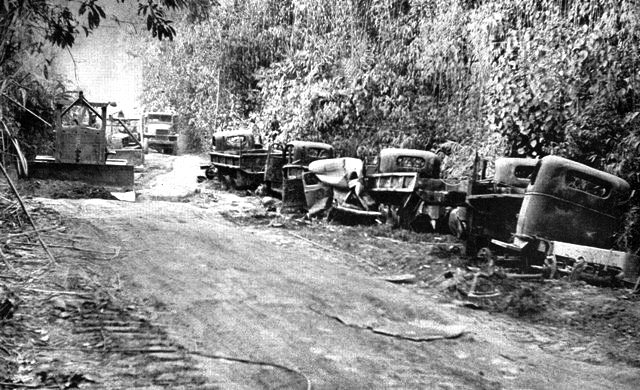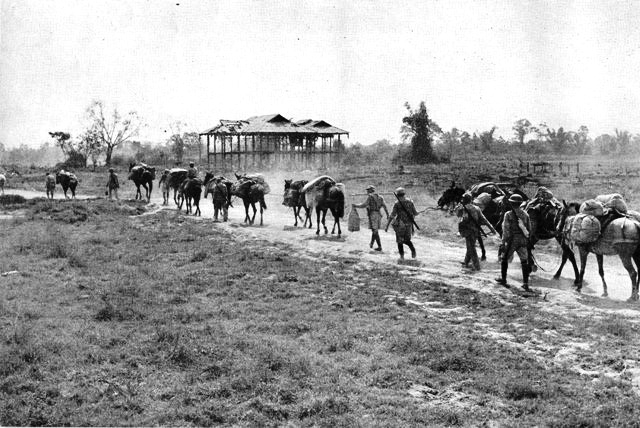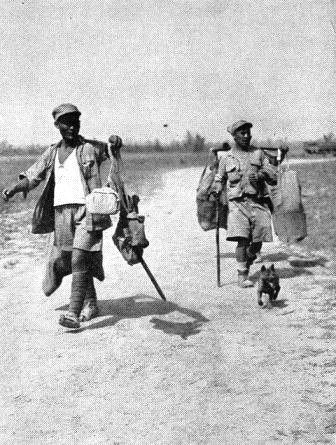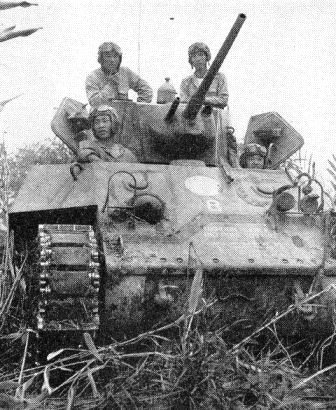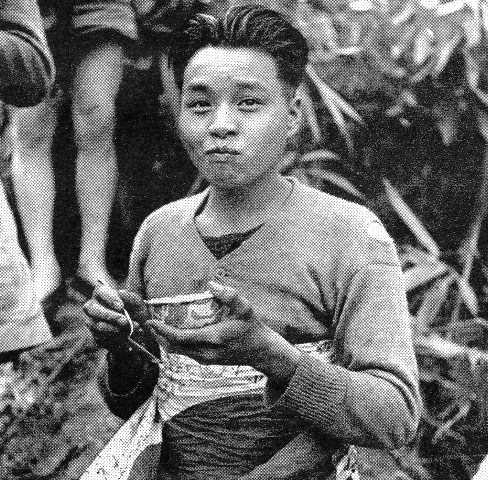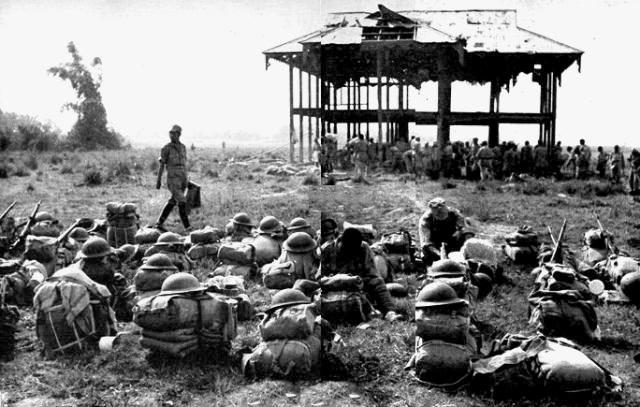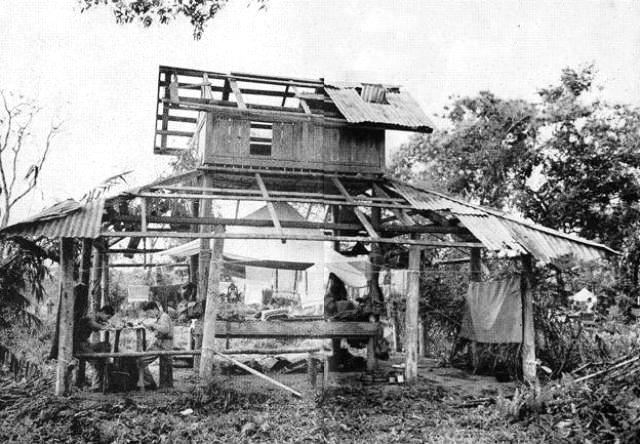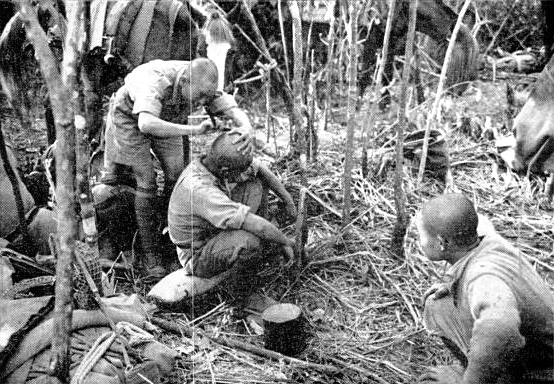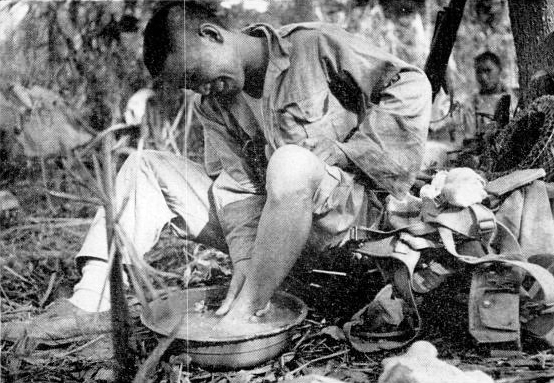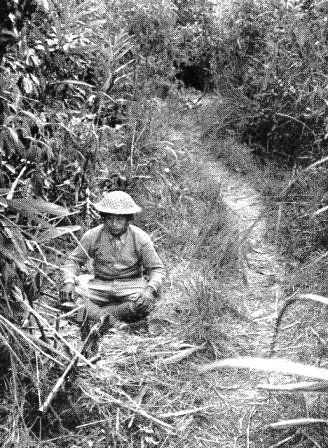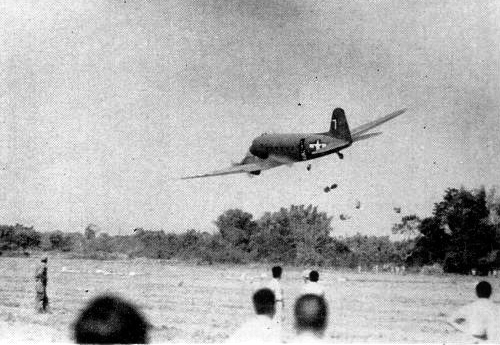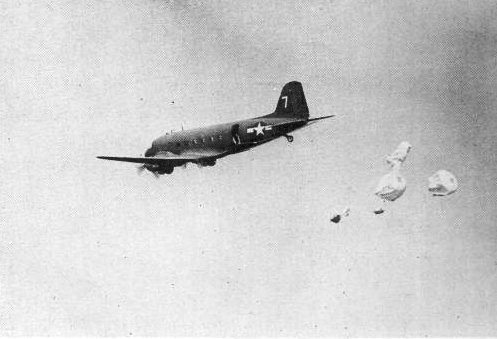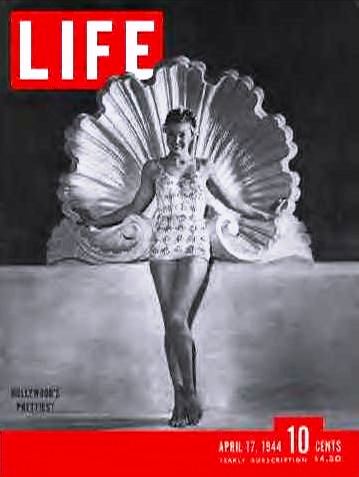 |
 |
 |
The war in Burma is different from the war in the rest of the world, both in the way it looks and in the way it is fought.Because the jungle is too thick for large-scale maneuvering, its campaigns move in narrow spearheadsup and down the roads.As miles of road are gained, adjacent territory falls automatically.Sometimes raiding parties hook around the main enemy forces on jungle trails to strike a rear blow,but the road is always their prime objective.In some places Allied troops have fought big offensive actions even though they were cut-off from behind.With the Allied air force in command of the air, they could be completely supplied by planes.In fact, even armies with secure ground supply lines have come to depend on planes for their day-to-day needs. Late last October Lieut. General Joseph Stilwell's two American-trained Chinese divisions began to moveslowly down the road in north Burma's Hukawng River Valley, pushing the Japanese in front of them.In the middle of the valley last month their advance picked up when Brig. General Frank Merrill'sAmerican infantry hiked through the jungle from the west to cut off part of the retreating enemy.In the trap between these two forces more than 2,000 Japanese jungle veterans were killed.By the end of March the Chinese had followed the road over a low divide into the valley of the MogaungRiver, which flows southward into Burma's great Irrawaddy. If the Allies could keep moving, they wouldeventually drive across the top of Burma into China itself.Behind their advance, crews of American engineers and Chinese laborers hopefully built the road whichwould open a new land route to Chungking.As the fighters and road builders moved down the valleys, LIFE's William Vandivert made this record oftheir stout campaigning. |




